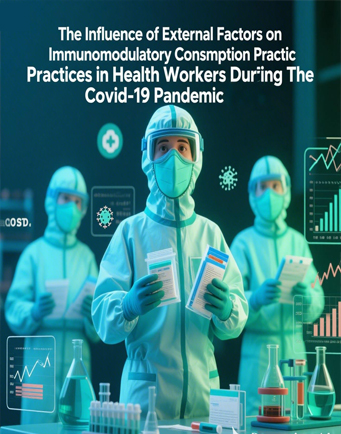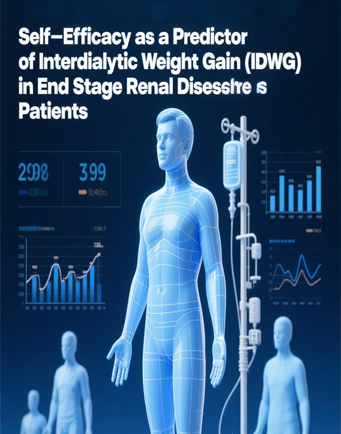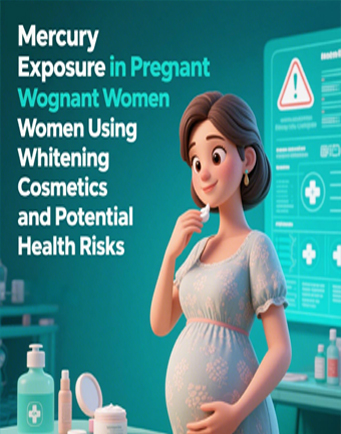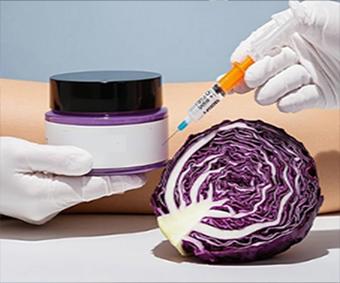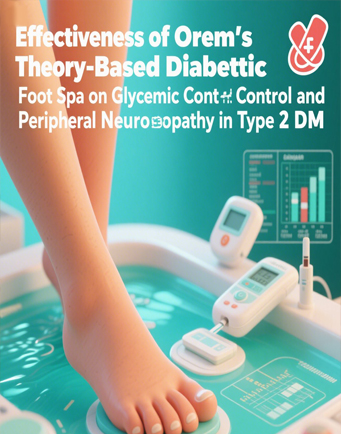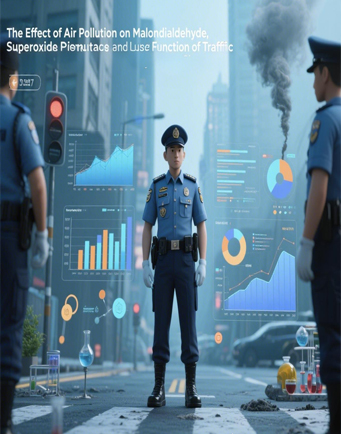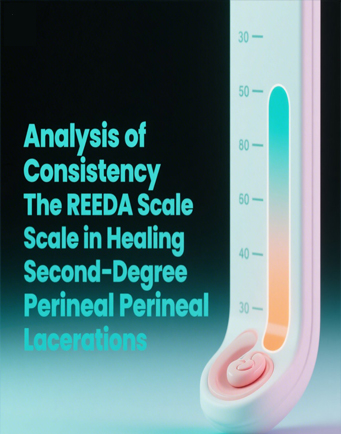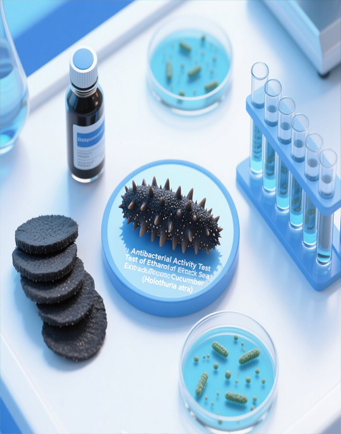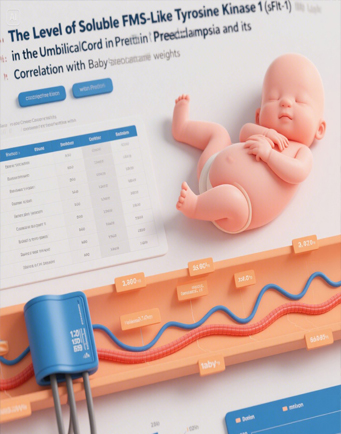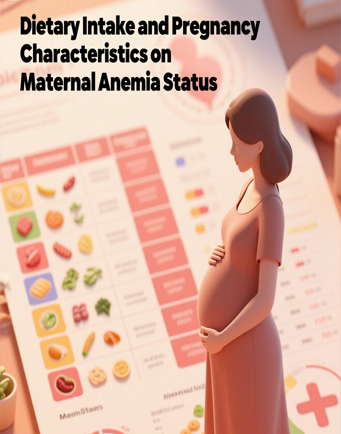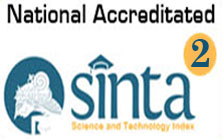The Flavonoids, Phenolics, and Antioxidant Activity from Ethanol Extract of Fibraurea tinctoria Lour
Downloads
Oxidative stress has long been associated with increased risk for several diseases. Antioxidant is a molecule that inhibits the oxidation of other molecules and delays or prevents oxidative damage. Natural phenolic and flavonoid compounds are plant secondary metabolites directly contributing to antioxidant activity. Fibraurea tinctoria Lour, often called the yellow root, is a plant that has long been known in the traditional medicine of the native tribes of West Kalimantan to treat several diseases, including malaria, jaundice, and diabetes. This study aimed to quantify the total phenolic (TPC) and flavonoid (TFC) contents and antioxidant activity of the ethanol extract of yellow root stems. Yellow root stems were extracted by maceration in 96% ethanol for four days. The total phenolic, flavonoid, and antioxidant activities were measured using the Folin-Ciocalteu, AlCl3, and DPPH methods. Phytochemical screening showed that the ethanol extract of yellow root stems contains phenolics, flavonoids, alkaloids, saponins, tannins, and steroids/triterpenoids. The total phenol and flavonoid contents were 40.2 mg GAE/g extract and 61.2 mg QE/g extract, respectively. The ethanol extract of yellow root stems showed moderate DPPH scavenging activity, with an IC50 of 152.13 ppm. From this study, it can be concluded that this plant could be a potential source of natural antioxidants.
Angeli, L., Morozova, K., & Scampicchio, M. (2023). A kinetic-based stopped-flow DPPH• method. Scientific Reports, 13(1), 7621. https://doi.org/10.1038/s41598-023-34382-7
Aryal, S., Baniya, M. K., Danekhu, K., Kunwar, P., Gurung, R., & Koirala, N. (2019). Total phenolic content, flavonoid content and antioxidant potential of wild vegetables from western Nepal. Plants, 8(4). https://doi.org/10.3390/plants8040096
Banjarnahor, S. D. S., & Artanti, N. (2014). Antioxidant properties of flavonoids. Medical Journal of Indonesia, 23(4), 239–244. https://doi.org/10.13181/mji.v23i4.1015
Blainski, A., Lopes, G. C., & De Mello, J. C. P. (2013). Application and analysis of the folin ciocalteu method for the determination of the total phenolic content from limonium brasiliense L. Molecules, 18(6), 6852–6865. https://doi.org/10.3390/molecules18066852
Farnsworth, N. R. (1966). Biological and phytochemical screening of plants. Journal of Pharmaceutical Sciences, 55(3).
Hernández-Rodríguez, P., Baquero, L. P., & Larrota, H. R. (2018). Flavonoids: Potential Therapeutic Agents by Their Antioxidant Capacity. In Bioactive Compounds: Health Benefits and Potential Applications. Elsevier Inc. https://doi.org/10.1016/B978-0-12-814774-0.00014-1
Hudz, N., Yezerska, O., Shanaida, M., Sedláčková, V. H., & Wieczorek, P. P. (2019). Application of the Folin-Ciocalteu method to the evaluation of Salvia sclarea extracts. Pharmacia, 66(4), 209–215. https://doi.org/10.3897/pharmacia.66.e38976
Jomova, K., Raptova, R., Alomar, S. Y., Alwasel, S. H., Nepovimova, E., Kuca, K., & Valko, M. (2023). Reactive oxygen species, toxicity, oxidative stress, and antioxidants: chronic diseases and aging. Archives of Toxicology, 97, (10). Springer Berlin Heidelberg. https://doi.org/10.1007/s00204-023-03562-9
Keawpradub, N., Dej-adisai, S., & Yuenyongsawad, S. (2005). Antioxidant and cytotoxic activities of Thai medicinal plants named Khaminkhruea : Arcangelisia flava, Coscinium blumeanum and Fibraurea tinctoria. Songklanakarin J. Sci. Technol, 27(2), 455–467.
Khan, J., Deb, P. K., Priya, S., Medina, K. D., Devi, R., Walode, S. G., & Rudrapal, M. (2021). Dietary flavonoids: Cardioprotective potential with antioxidant effects and their pharmacokinetic, toxicological and therapeutic concerns. Molecules, 26(13), 1–24. https://doi.org/10.3390/molecules26134021
Kumar, S., & Pandey, A. K. (2013). Chemistry and Biological Activities of Flavonoids: An Overview. The Scientific World Journal, 2013(162750), 1–16. https://doi.org/10.1016/B978-0-12-819096-8.00048-3
Lamuela‐Raventós, R. M. (2018). Folin–Ciocalteu method for the measurement of total phenolic content and antioxidant capacity. Measurement of Antioxidant Activity & Capacity: Recent Trends and Applications, 107–115.
Martemucci, G., Costagliola, C., Mariano, M., D’andrea, L., Napolitano, P., & D’Alessandro, A. G. (2022). Free radical properties, source and targets, antioxidant consumption and health. Oxygen, 2(2), 48–78. https://doi.org/10.3390/oxygen2020006
Moo-Huchin, V. M., Moo-Huchin, M. I., Estrada-León, R. J., Cuevas-Glory, L., Estrada-Mota, I. A., Ortiz-Vázquez, E., Betancur-ancona, D., & Sauri-duch, E. (2015). Antioxidant compounds, antioxidant activity and phenolic content in peel from three tropical fruits from Yucatan, Mexico. Food Chemistry, 166, 17–22.
Muflihah, Y. M., Gollavelli, G., & Ling, Y. C. (2021). Correlation study of antioxidant activity with phenolic and flavonoid compounds in 12 indonesian indigenous herbs. Antioxidants, 10(10), 1–15. https://doi.org/10.3390/antiox10101530
Noorcahyati, Sulandjari, & Dewi, W. S. (2016). Asosiasi Akar Kuning (Fibraurea tinctoria Lour.) dengan tumbuhan berpotensi obat di Samboja, Kalimantan Timur. Jurnal Hutan Tropis, 4(3), 232–239.
Panche, A., Diwan, A., & Chandra, S. (2016). Flavonoids: an overview. J Nutr Sci, 5, e47.
Pauliuc, D., Dranca, F., & Oroian, M. (2020). Antioxidant activity, total phenolic content, individual phenolics and physicochemical parameters suitability for Romanian honey authentication. Foods, 9(3). https://doi.org/10.3390/foods9030306
Phuyal, N., Jha, P. K., Raturi, P. P., & Rajbhandary, S. (2020). Total Phenolic, Flavonoid Contents, and Antioxidant Activities of Fruit, Seed, and Bark Extracts of Zanthoxylum armatum DC. The Scientific World Journal, 2020(8780704), 1–7.
Prasonto, D., Riyanti, E., & Gartika, M. (2017). Uji aktivitas antioksidan ekstrak bawang putih (Allium sativum). ODONTO: Dental Journal, 4(2), 122–128.
Purwaningsih, I., Fathiah, F., Amaliyah, N., & Kuswiyanto, K. (2023). The Phenolic, Flavonoid, and Anthocyanin Content From Methanol Extract of Senggani Fruit and Its Antioxidant Activity. Indonesian Journal of Chemical Research, 10(3), 195–202. https://doi.org/10.30598//ijcr.2023.10-pur
Purwaningsih, I., Maksum, I. P., Sumiarsa, D., & Sriwidodo, S. (2023). A Review of Fibraurea tinctoria and Its Component, Berberine, as an Antidiabetic and Antioxidant. Molecules, 28(3), 1–38.
Purwaningsih, I., Yuanti, J., & Ratnawati, G. J. (2020). Uji Aktivitas Antioksidan Ekstrak Etanol Umbi Talas (Colocasia Esculenta (L) Schott) Metode Dpph (2, 2-Diphenyl-1-Picrylhydrazil). Jurnal Laboratorium Khatulistiwa, 4(1).
Sadeer, N. B., Montesano, D., Albrizio, S., Zengin, G., & Mahomoodally, M. F. (2020). The versatility of antioxidant assays in food science and safety—chemistry, applications, strengths, and limitations. Antioxidants, 9(8), 1–39. https://doi.org/10.3390/antiox9080709
Santos-Sánchez, N. F., Salas-Coronado, R., Villanueva-Cañongo, C., & Hernández-Carlos, B. (2019). Antioxidant Compounds and Their Antioxidant Mechanism (E. Shalaby (ed.); p. Ch. 2). IntechOpen. https://doi.org/10.5772/intechopen.85270
Shaikh, J. R., & Patil, M. (2020). Qualitative tests for preliminary phytochemical screening: An overview. International Journal of Chemical Studies, 8(2), 603–608. https://doi.org/10.22271/chemi.2020.v8.i2i.8834
Shraim, A. M., Ahmed, T. A., Rahman, M. M., & Hijji, Y. M. (2021). Determination of total flavonoid content by aluminum chloride assay: A critical evaluation. Lwt - Food Science and Technology, 150(May), 111932. https://doi.org/10.1016/j.lwt.2021.111932
Sies, H. (2020). Oxidative stress: Concept and some practical aspects. Antioxidants, 9(9), 1–6. https://doi.org/10.3390/antiox9090852
Susanty, & Bachmid, F. (2016). Perbandingan Metode Ekstraksi Maserasi dan Refluks terhadap Kadar Fenolik dari Ekstrak Tongkol Jagung (Zea mays L.). Konversi, 5(2), 87–93.
Tristantini, D., & Amalia, R. (2019). Quercetin concentration and total flavonoid content of anti-atherosclerotic herbs using aluminum chloride colorimetric assay. AIP Conference Proceedings, 2193(December 2019). https://doi.org/10.1063/1.5139349
Vuolo, M. M., Lima, V. S., & Maróstica Junior, M. R. (2018). Phenolic compounds: Structure, classification, and antioxidant Power. In Bioactive Compounds: Health Benefits and Potential Applications. Elsevier Inc. https://doi.org/10.1016/B978-0-12-814774-0.00002-5
Copyright (c) 2024 JURNAL INFO KESEHATAN

This work is licensed under a Creative Commons Attribution-NonCommercial-ShareAlike 4.0 International License.
Copyright notice
Ownership of copyright
The copyright in this website and the material on this website (including without limitation the text, computer code, artwork, photographs, images, music, audio material, video material and audio-visual material on this website) is owned by JURNAL INFO KESEHATAN and its licensors.
Copyright license
JURNAL INFO KESEHATAN grants to you a worldwide non-exclusive royalty-free revocable license to:
- view this website and the material on this website on a computer or mobile device via a web browser;
- copy and store this website and the material on this website in your web browser cache memory; and
- print pages from this website for your use.
- All articles published by JURNAL INFO KESEHATAN are licensed under the Creative Commons Attribution 4.0 International License. This permits anyone to copy, redistribute, remix, transmit and adapt the work provided the original work and source is appropriately cited.
JURNAL INFO KESEHATAN does not grant you any other rights in relation to this website or the material on this website. In other words, all other rights are reserved.
For the avoidance of doubt, you must not adapt, edit, change, transform, publish, republish, distribute, redistribute, broadcast, rebroadcast or show or play in public this website or the material on this website (in any form or media) without appropriately and conspicuously citing the original work and source or JURNAL INFO KESEHATAN prior written permission.
Permissions
You may request permission to use the copyright materials on this website by writing to jurnalinfokesehatan@gmail.com.
Enforcement of copyright
JURNAL INFO KESEHATAN takes the protection of its copyright very seriously.
If JURNAL INFO KESEHATAN discovers that you have used its copyright materials in contravention of the license above, JURNAL INFO KESEHATAN may bring legal proceedings against you seeking monetary damages and an injunction to stop you using those materials. You could also be ordered to pay legal costs.
If you become aware of any use of JURNAL INFO KESEHATAN copyright materials that contravenes or may contravene the license above, please report this by email to jurnalinfokesehatan@gmail.com
Infringing material
If you become aware of any material on the website that you believe infringes your or any other person's copyright, please report this by email to jurnalinfokesehatan@gmail.com.



